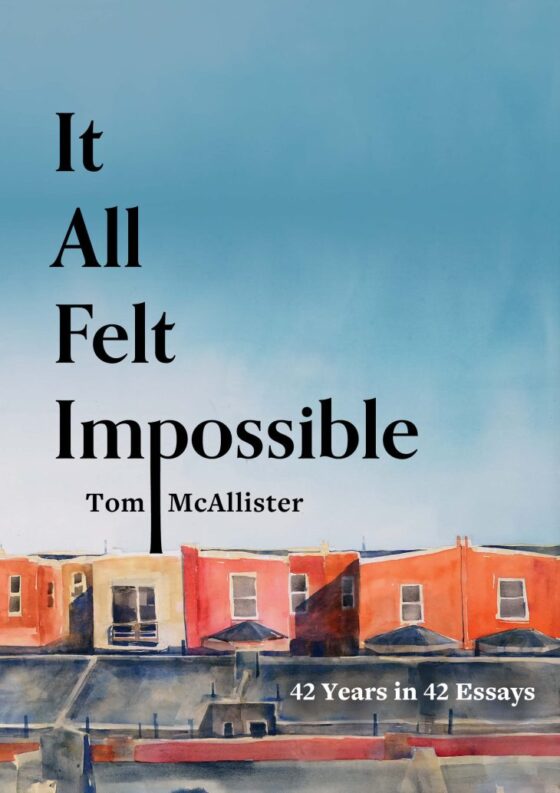After taking a certain number of poetry classes, one may end up with a giant box of photocopied poems. If one is a packrat (and I am), these poems are impossible to discard. Sometimes I cut them up for collages, or send them to friends, or pull out the ones that really chime with me. Moving from city to city, packing and unpacking this ever-growing box of poems, at some point, a scrap ended up taped to a wall by my desk:
All this you see—
dance of dazzle
and debris — is aftermath.
I had no context for this fragment — no sense of poem length, title, etcetera — except that I somehow knew it came from Gregory Orr. Out of hundreds of poems and fragments of poems, why had I singled out this scrap? Perhaps it came down to that last word, “aftermath.” The sound spread out like an exhale. It broke the rhythm and sound of the fragment with such finality, the open “a” sounds in “aftermath” directly countering the earlier punches of “d,” and the tight sounds of “e” in “dance,” “dazzle” and “debris.”
The syntax of “All this you see,” focusing on the exterior before the interior (the viewer), gave me the sense of a speaker gesturing over some wide space, telling me something intimate that the uninformed eye might not catch. The speaker admits that the spectacle, the “dance,” is the result of violence. This violence has turned to beauty; the dance is beautiful because it is aftermath. And I knew that dance. I’d been inside of it for years.
When I moved from Pittsburgh to Houston last August, the scrap was lost. Then recently, browsing in the Grolier Poetry Bookstore, in Boston, I opened Gregory Orr’s “The Caged Owl” and saw the source of my beloved scrap. Its source poem was called “Bolt from the Blue,” and the stanza I’d kept was the last stanza in the last of five clipped sections. Each section was like a spell or a prayer, the short lines and intense music creating an urgent, closed space. I couldn’t let go of seeing each section as a scrap, these shreds of desire, of spiritual inquiry, written specifically to be tucked somewhere with the hope that someone who needed to would find them. These were words to be left in the hollow of a tree, as a scroll in the crack of a wall.
2. STRUCK
To die and yet
live after—how hide
that shatter?what mask
of bold
or blank to wear?
Sometimes (often) I struggle with what “lyric” means – I can’t shed viewing the central idea of it as music, something that is less spoken than cried out. When I read “Bolt from the Blue,” all I can think is that it achieves the highest type of lyric intensity. It sings and begs. The poems that move me always break into a type of cry. A cry, after all, is the basis of communication – one early human hollering across a canyon to another, the difference in tone signifying “Ah ha! Food!” or “Oh, shit! Giant bear!” But the way a poet cries out is not merely in sound or emotion but in syntax and form. A line of poetry is always a risk, and Orr’s short lines risk awkwardness, or the dissolution of emotional tension, but by their sound, one is pulled forward. This poem, like so many of Orr’s, is a brink poem, situated on the edge of something nearly unbearable, unspeakable.
Now that I’d read the poem in its entirety, did I feel differently about my scrap? I realized that I’d never even tried to imagine the poem that my scrap belonged to, treating the fragment like a haiku. But the questionsOrr asks throughout the poem make a difference in my understanding of “aftermath.”
First choice—
to nurse
or spurn
the hurt?
I’d forgotten that even in the midst of pain, there’s always choice. I thought again about my own aftermath; I’d been making choices all along, even in the bleakest times. Before, the scrap had only represented a kinship with Orr— a consolation that I was not the only person who felt inconsolable. Now, here was the poem in its entirety, and the poem spoke of not simply living, but surviving, changing. Perhaps the aftermath was a place to begin.




